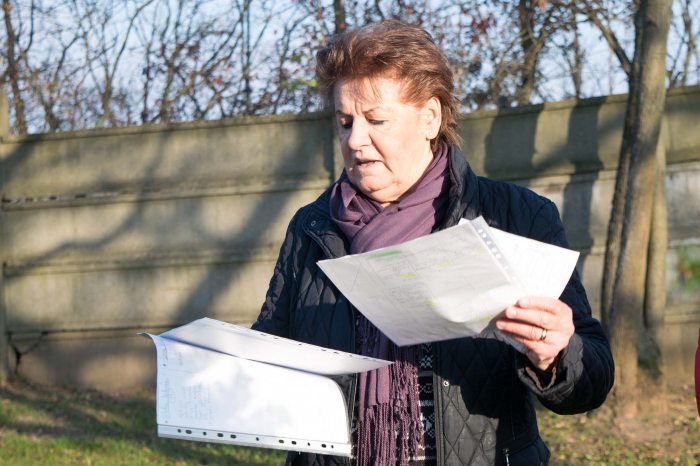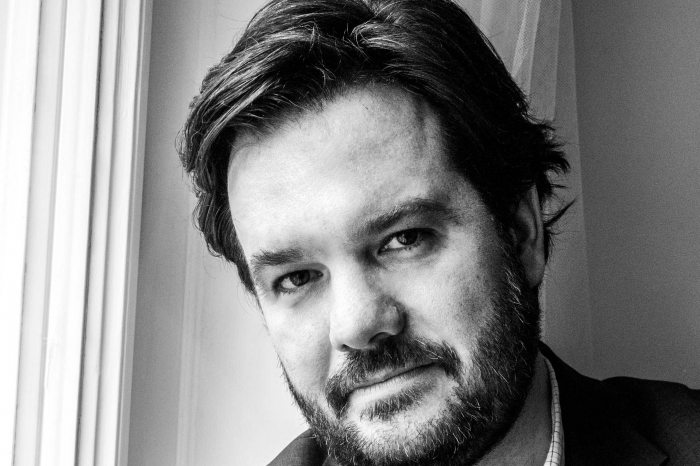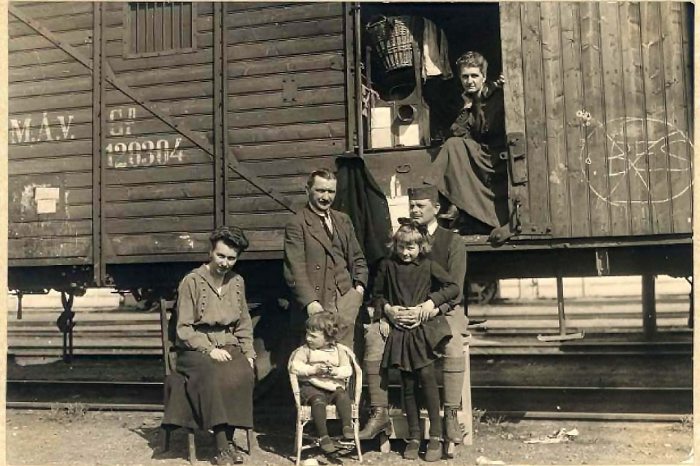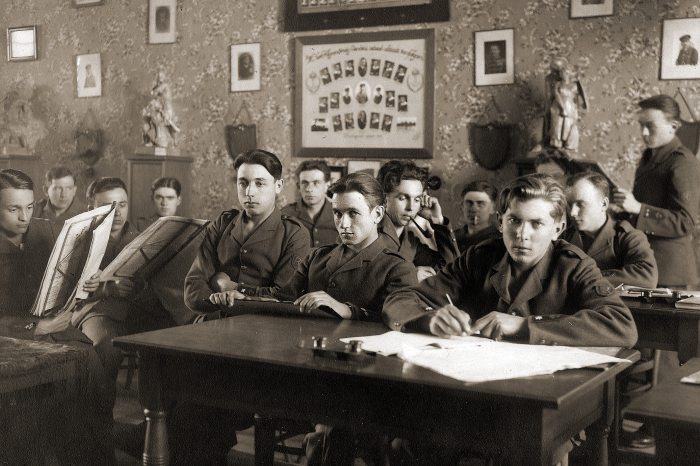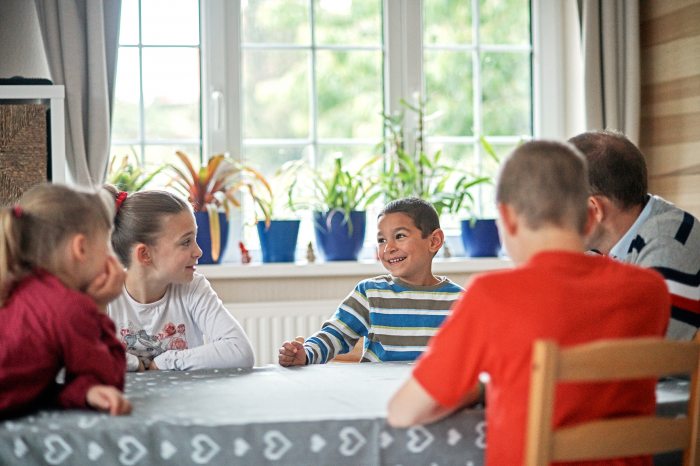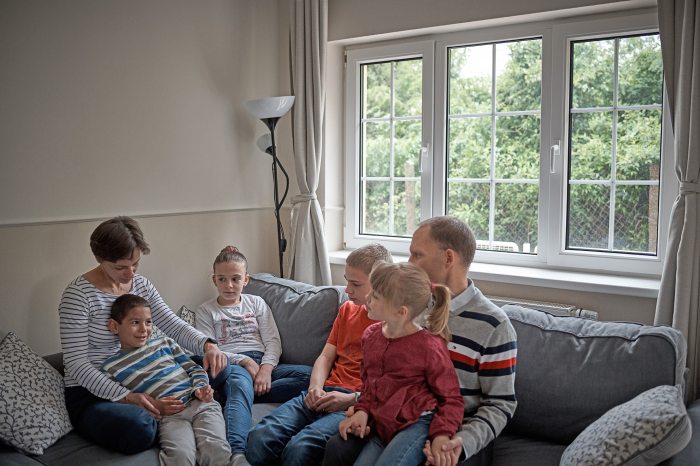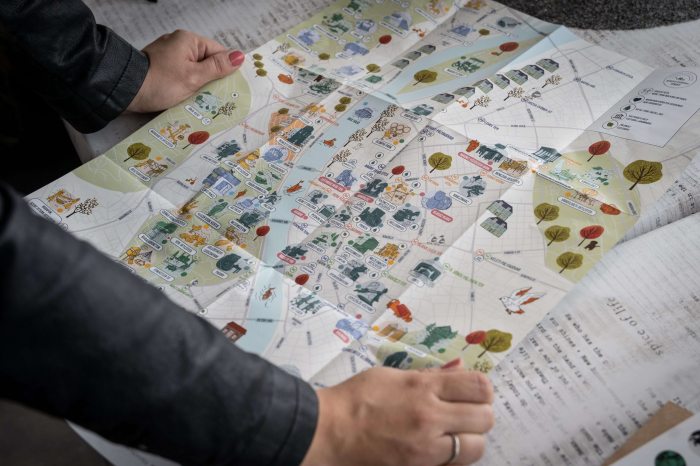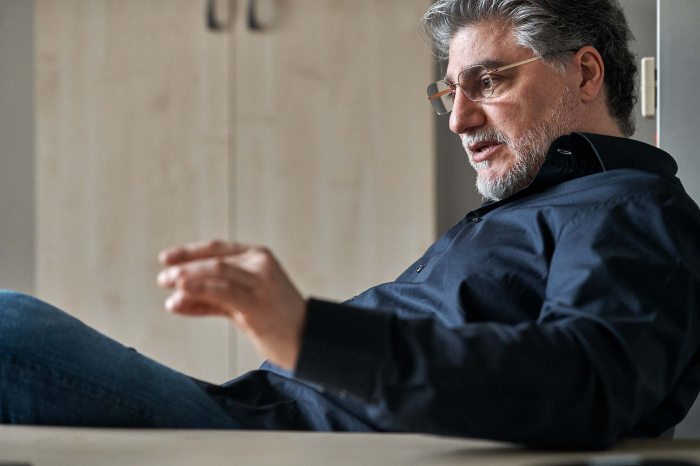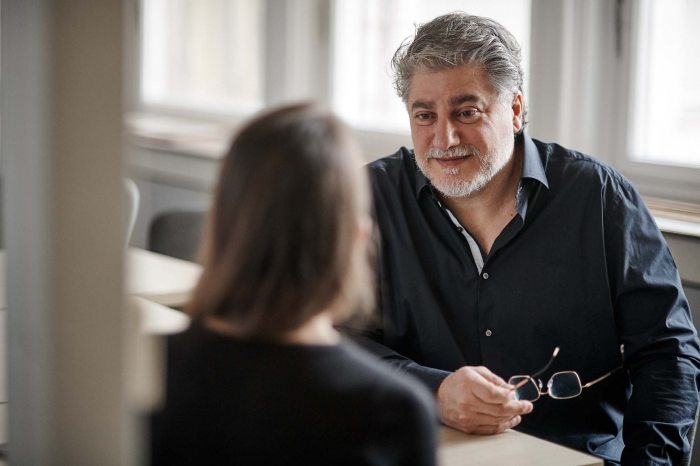A deathcamp operated after 1945 in the area of today’s Bratislava – Film about the Ligetfalu massacre

Directors Dávid Géczy and Zoltán Udvardy have made a documentary film titled Genocide in Pozsonyligetfalu about the terrifying events that took place there. In the investigative work, survivors, relatives and researchers of the period reveal that from May 1945, that is, at a time of peace in Europe following the Second World War, Germans and Hungarians were deported and later on systematically murdered in a small settlement close to Bratislava. Today, this settlement forms part of the modern Slovak capital.
Deathcamp after the Second World War
According to those persons involved in the film, from spring 1945 until approximately 1947, Petržalka (Pozsonyligetfalu or Ligetfalu) located on the administrative territory of today’s Bratislava housed a deathcamp where mass executions were carried out. Researchers say the perpetrators were members of the Czechoslovak army and their victims were German and Hungarian inhabitants evicted from the territory of the country. Furthermore, the operators of the deathcamp executed 90 Hungarian ‘levente’ (young, conscripted, and as such not volunteer soldiers) on their way back to Hungary from theatres of war or internment as prisoners of war. Moreover, German and Hungarian civilians travelling back home as refugees from lagers were dragged off their train and massacred near the town of Přerov that today is located in the territory of the Czech Republic. The film shows monuments erected to the victims and we hear from a Czech historian who took part in the excavation of sites of mass killings and was present at the reburial of victims he discovered.
“In the 1990s I met an elderly man who when young had been a captive of the Ligetfalu camp and only just survived imprisonment. In his last book ‘Fallen Angels’ published in 2017, the recently deceased Lajos Grendel, an author from the Slovakia uplands, writes of hearing the chatter of machine guns in the dawn at Ligetfalu,” says Zoltán Udvardy in relation to the choice of topic. It is worth noting here that in Europe, the Second World War came to an end on 8 May 1945, and only on 27 February 1946 was the treaty on the exchange of populations signed, on the basis of which tens of thousands of Hungarians were evicted – primarily in 1947 – from the only homeland they had ever known that had become part of the state of Czechoslovakia.
However, the film reveals that the removal of ‘undesirable’ Germans and Hungarians from the territory of the Czechoslovak state had started much earlier, without any kind of official sanction or settlement – at any cost.
Hungarian and German masses who perished
“I had never in my entire life heard of another genocide taking place after the Holocaust, but as we dug further into the story it became increasingly important to speak out,” Dávid Géczy, the co-director, notes as his motivation. “The fact-checking work cannot have been easy because historical material on the subject in Hungarian is simply not available. Teacher Géza Dunajszky and József Szabó, former diplomat working in the Hungarian embassy in Slovakia, were persistent in their research and publishing efforts on the subject. They, too, are included in the film. We learn from them that the existence of the camp can be proved beyond doubt, although when it comes to accurately detecting what happened – due to the lack or deliberate destruction of evidence – it is necessary to rely primarily on witness statements and newspaper articles from the period.”
“At least a year and a half of my research went into finding a family, several members of which were concerned with the events, because I didn’t want to do the film without the survivors having an opportunity to speak,” notes Zoltán Udvardy. “However, it is impossible to determine precisely how many Hungarians and Germans were murdered in total, although estimates suggest the number could be as high as 2500.
“They wanted to rid themselves of these two ethnic groups living in large numbers in Bratislava and the surroundings. Deportation awaited a significant proportion of Hungarian and German families from Bratislava.
“Some of the prisoners – overwhelmingly of German nationality – held in the Ligetfalu camp that was divided into various sections were shot in the ditches of the defensive system surrounding the camp. In 1947, Czechoslovak authorities came across a mass grave in these ditches when they were searching for the body of former secret financier of the partisans Ervin Bacusan, bank clerk, who had been taken from his apartment in Bratislava to the camp and executed there (they did not find his remains). One section of the lager had earlier functioned as the camp for forced labour Jewish prisoners and after the war Germans from Bratislava and settlements around the city were transported here, among other places. I would like to add that it is not guaranteed that those who ended up in the German camp were certainly ethnic Germans. For example, the elderly lady who spoke to me found herself, as a young girl, sent to the German camp along with her siblings, mother and father. The head of the family was German but his wife was Hungarian and they spoke exclusively Hungarian at home. Interestingly, Germans driven out of Bratislava and the surrounding area, and today living primarily in Austria, still keep in touch with each other to this day, although they had absolutely no idea that after their expulsion a deathcamp operated in their homeland.”
Swept under the carpet
The camp was at the same time the border crossing point so this is probably how the 90 Hungarian young recruits arrived here in the first place, who were then shot (with the exception of three who managed to escape). The Přerov massacre can also be closely associated with these murders. The unit of the 4th division of the 17th infantry battalion of the Czechoslovak army that also committed atrocities in the camp was moved by train from Prague to Bratislava, and in Přerov their transport happened to stop at the station right alongside a train carrying Hungarian and German civilians, including women and babies, back home. The conclusion of this ‘meeting’ was that the soldiers ordered all the passengers of the other train to get off at a small settlement close to Přerov. Everyone who had travelled on the train, including the Slovak railwaymen, were taken to a high point where they were shot into mass graves recently dug by residents of the nearby village of Horní Moštěnice (Ober Moschtienitz). A total of 267 people, 120 women, 72 men and 75 children, died.
How was it that the soldiers felt themselves entitled to commit this bloodbath? According to the filmmakers, it was because earlier they had listened to an inflammatory speech by Czechoslovak president Edvard Beneš calling for the creation of a pure Czechoslovak nation state.
“Our aim with the film, however, was not to arouse tensions between the countries but to promote reconciliation and facing up to the past,” says Dávid Géczy. “Sweeping these events under the carpet would be highly disrespectful to the victims. Hearing the recollections of survivors brought to mind my own grandfather who, although sadly I never met him in person, saved 110 people during the war and received a posthumous award for his actions. It was particularly upsetting that several of our elderly interview subjects and helpers died even in the course of filming, and we weren’t filming for long. It was sad to see that some of those who had still battled for this case, and for whom it had perhaps become something of a personal mission, could not have their last words in the film.”
Housing estate above mass graves
Zoltán Udvardy also says that he is aware of a fourth, related horror that in the end did not make it into the film. Eighty German residents of Svätý Jur (Pozsonyszentgyörgy), virtually all women, children and the elderly, being held in the Petržalka camp were shot and buried in a tank trap. For the sake of appearances, the German groups earmarked for execution were driven towards the Austrian border, they made them pack their valuables onto a truck and then everyone was shot. Here, Zoltán remembers that a suspected perpetrator was interviewed in an earlier documentary film about the Přerov mass murder. “It is unbelievable that such things could have happened, that crematoria can have started cremating the bodies of Germans and Hungarians in Přerov, in the centre of Europe, in Moravia, and what’s more, in 1947,” says the director shaking his head.
It is as though the location of the camp and defensive system near Petržalka had been sown with salt afterwards: one of Central Europe’s largest housing estates has been built there. They have built tower blocks and roads on the site of the former settlement and on mass graves.
The term for the events examined by the film is also reflected in its title, ‘genocide’, which according to its definition can mean not only the physical annihilation of everyone but also changing the identity of a community by force. Well, right up until the final days of the war, Bratislava was populated by four nationalities, but in the capital that has by now become Slovak-speaking people speak virtually no Hungarian or German (and not even Czech). The forcibly evicted Hungarians and Germans could never return to their homes in Bratislava and the surrounding area, but that was just the better case if they couldn’t because they had been driven to the other side of the border with their families. The worst-case scenario was if they perished in the Ligetfalu lager where executions were carried out that claimed the lives of an uncounted number of victims.
The documentary film ‘Genocide in Pozsonyligetfalu’ will be screened at film festivals next year.
Researcher facing a headwind
We were greatly assisted in writing this article by József Szabó, an expert on the subject, who is writing a book on the events that is expected to be published shortly, perhaps even this year.
“The topic actually found me: I was working in the diplomatic corps in Bratislava when I wanted to organize a commemoration for the victims, but it turned out that they didn’t even have their own memorial marker let alone researched literature. Since then, a memorial stone has been erected while I started to research the topic,” the expert notes. “It is not easy because my propositions run counter to the Czech approach to history and Czech public opinion is incapable of accepting that their predecessors could have been capable of such heinous acts. Of course, it is entirely understandable that after the communist takeover in 1948 it was in nobody’s interest to go looking into these events since the vast majority of organizers and perpetrators of these murders can be identified as members of the then communist party. Interestingly, with the exception of a few representatives, the Slovak political leadership, which enjoyed a measure of autonomy in the period under review, were not so radical in their approach to the Hungarians and Germans as were the Czechs. The former did not think in terms of physical annihilation and the marking of German residents with the letter D and a swastika, along the lines of the Jewish yellow star, as opposed to the latter.”
